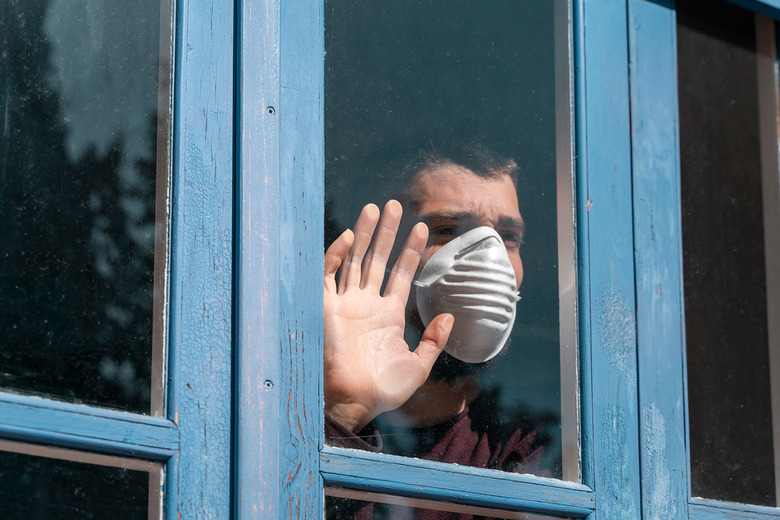Coronavirus Survivors Are Testing Positive Again And Showing Symptoms
- An increasing number of COVID-19 survivors have tested positive again for the novel coronavirus in South Korea.
- The caseload of coronavirus relapses more than doubled in a week within the country.
- An increasing number of relapsed coronavirus patients have shown mild symptoms, and some of them might be contagious.
- Visit BGR's homepage for more stories.
One of the novel coronavirus puzzles that scientists are still trying to figure out concerns an unexpected phenomenon that has been observed in many countries affected by the pandemic. Some COVID-19 patients who have been declared cured after testing negative twice in 24 hours end up relapsing, if that's even the proper way to describe it. They test positive again at a later point in time, and there's no clear answer as to why that happens. Also, it's unclear whether these patients are contagious and can infect others, but some of them do show mild COVID-19 symptoms upon the second reinfection. The newest data coming from South Korea, a country that has the local COVID-19 epidemic under control, shows a growing number of people who are testing positive a second time.
Korea Centers for Disease Control and Prevention (KCDC) said on Friday that it had identified 163 cases of patients who tested positive again after recovery. The number more than doubled in a week, NPR reports. 74 people tested positive again on April 9th, or 2% of the country's 7,829 recovered people.
The patients who relapsed are now in isolation. At least 61 of them developed mild symptoms, which complicates the work of officials trying to explain the matter.
The KCDC said that in some of the cases, the virus wasn't able to replicate in isolation. Tests would still pick up traces of the virus, but if it's not viable, it can't replicate and the patient isn't contagious. But if people show COVID-19 symptoms again, then the virus might still be alive and could be transmissible.
KCDC director-general Jeong Eun-kyeong said there was no known secondary transmission by relapsed cases as of Friday. He also said that it's not likely the patients got the virus from other infected people, as they're retesting positive shortly after having been released. Relapse cases have been detected after an average of 13.5 days from recovery, with the longest reported interval being 35 days. The age and regional distribution of relapse cases are in line with that of the total infections.
KCDC officials said that the virus can reactivate inside a recovered patient. If a patient hasn't developed a robust immune response or if the immune system is weakened, the undetectable level of virus concentration could rebound. They also said the virus could stay dormant before reactivating. The KCDC findings in Korea are already under investigation, the World Health Organization (WHO) said a few days ago.
Before Korea, NPR reported in late March on cases of Chinese COVID-19 survivors who relapsed and were placed in isolation, including medical staff. "In terms of those who retested positive, the official party line is that they have not been proven to be infectious," one of the doctors told NPR. "That is not the same as saying they are not infectious. If they really are not infectious, then there would be no need to take them back to the hospitals again."
A few weeks before that, reports from China, Italy, Japan, and South Korea also signaled the possibility of patients testing positive again. A 36-year-old man from Wuhan who survived the infection died on March 2nd, five days after being declared recovered. "His diagnosis, according to hospital reports published in local media before they were censored, was respiratory tract obstruction, respiratory failure, and COVID-19, the official name for the illness caused by the coronavirus," reported The Los Angeles Times.
Issues with tests may be to blame for some patients. It's possible that some patients may have been discharged after two false-negatives. But given the increasing number of patients who relapse, it's improbable for all of them to have had two false-negatives. After all, researchers have been monitoring patients closely across the globe in an effort to understand the disease.
Studies have shown that a COVID-19 patient may be infectious as many as eight days after symptoms go away, and the patient would still test positive during that time. The record is held by a Chinese patient who was infectious for 49 straight days after contracting the disease, even though symptoms had disappeared. These patients were discharged only after testing negative twice.
